Stainless Steel Suppliers

How to polish stainless steel?
I. Introduction
Polishing stainless steel is an essential process that helps to maintain its durability and aesthetic appeal. Stainless steel is widely used in various industries due to its corrosion-resistant and non-reactive properties, making it an ideal choice for applications that require a high level of hygiene and cleanliness.
However, even stainless steel can become dull or tarnished over time due to exposure to the elements or use. This is where polishing comes in. Polishing stainless steel can restore its natural shine and make it look new again.
At the same time, it’s essential to have reliable carbon steel suppliers to ensure that the carbon steel used in manufacturing processes is of high quality and meets industry standards. This ensures the durability and longevity of the products made from carbon steel.
In this blog post, we will provide a general overview of the polishing process, the tools and materials required, the different polishing techniques available, and the best ways to maintain the polished surface over time. We will also discuss the different types of polishing compounds available and offer tips for selecting the right one for your specific project.
Whether you’re a professional in the industry or a DIY enthusiast, this guide will equip you with the knowledge and skills needed to polish stainless steel effectively. So let’s dive in and explore the world of polishing stainless steel.
II. Preparation
Before you start polishing stainless steel, it’s crucial to prepare the surface and gather all the necessary tools and materials. Proper preparation can help ensure a smooth and efficient polishing process and a polished surface that looks its best.
First and foremost, it’s essential to have reliable carbon steel suppliers who can provide high-quality stainless steel products for polishing. High-quality stainless steel is essential for achieving the best results in the polishing process.
Once you have your stainless steel surface ready, the first step is to clean it thoroughly. Use soap and water to remove any dirt, grime, or debris from the surface. You can also use a degreaser or a specialized stainless steel cleaner for more stubborn stains.
After cleaning the surface, rinse it thoroughly and dry it with a clean cloth. It’s important to ensure that the surface is completely dry before proceeding to the polishing process.
Next, gather all the tools and materials needed for the polishing process. These include sandpaper of varying grits, a polishing wheel, a polishing compound, and a polishing machine. It’s important to select the right grit sandpaper for your specific project, starting with a coarser grit and working your way up to a finer grit.
When selecting a polishing compound, consider the type of stainless steel you’re polishing and the desired finish. Abrasive compounds are ideal for removing deep scratches and imperfections, while polishing pastes can help achieve a mirror-like finish.
In conclusion, preparation is key to achieving the best results when polishing stainless steel. From selecting the right tools and materials to properly cleaning and preparing the surface, taking the time to prepare can help ensure a successful polishing process. Reliable carbon steel suppliers play an important role in providing high-quality stainless steel products for polishing. With the right preparation, you can polish stainless steel to a beautiful, shiny finish.
III. Polishing Techniques
Polishing stainless steel requires specific techniques to achieve a high-quality finish. Below are some common techniques for polishing stainless steel:
- Buffing
Buffing is a polishing technique that involves using a buffing wheel and a polishing compound to create a smooth and shiny finish on the stainless steel surface. The buffing wheel is typically made of cotton or wool and is attached to a bench grinder or other polishing machine. The polishing compound is applied to the buffing wheel and the wheel is used to buff the stainless steel surface in a circular motion until the desired finish is achieved.
- Sanding
Sanding is a polishing technique that involves using sandpaper of varying grits to remove imperfections and scratches from the surface of the stainless steel. Start with a coarse grit sandpaper and gradually move to a finer grit sandpaper until the desired finish is achieved. Use a sanding block to ensure even sanding and prevent over-sanding in certain areas.
- Hand Polishing
Hand polishing is a polishing technique that involves using a polishing cloth and a polishing compound to buff the stainless steel surface by hand. This technique is ideal for smaller surfaces or for areas that are difficult to reach with a polishing machine. Apply the polishing compound to the cloth and rub it onto the stainless steel surface in a circular motion until the desired finish is achieved.
Benefits and Drawbacks of Each Technique:
Each polishing technique has its own benefits and drawbacks. Buffing, for example, is fast and efficient, but it can be difficult to use in tight spaces. Sanding is effective at removing deep scratches and imperfections, but it can be time-consuming and require a lot of elbow grease. Hand polishing is ideal for smaller surfaces or hard-to-reach areas, but it can take longer to achieve a high-quality finish.
Step-by-Step Instructions:
Regardless of the polishing technique you choose, the general steps for polishing stainless steel are as follows:
Clean the stainless steel surface thoroughly to remove any dirt, grease, or grime.
Select the appropriate polishing technique and tools for your specific project.
Apply the polishing compound or sandpaper to the stainless steel surface, depending on the technique being used.
Use the polishing machine or sanding block to buff the surface in a circular motion, applying even pressure.
Gradually increase the grit of the sandpaper or switch to a finer polishing compound until the desired finish is achieved.
Clean the surface again to remove any leftover residue or polishing compound.
By following these steps and using the appropriate polishing technique, you can achieve a high-quality finish on your stainless steel surfaces.
In conclusion, polishing stainless steel requires specific techniques and tools to achieve a smooth and shiny finish. Understanding the benefits and drawbacks of each polishing technique, as well as following the proper steps for preparation and application, can help you achieve the desired results. At Sino Stainless Steel, we not only offer carbon steel suppliers but also information on how to polish stainless steel effectively.
IV. Polishing Compounds
Polishing compounds are an essential part of the polishing process. They help to remove scratches, swirls, and other imperfections on the surface of the stainless steel. There are different types of polishing compounds available, each with its own unique properties and uses. In this section, we will discuss the different types of polishing compounds and how to select the right one for your project.
Types of Polishing Compounds
Abrasive Compounds: These are the most commonly used polishing compounds. They contain abrasive particles that help to remove scratches and other imperfections on the surface of the stainless steel. Abrasive compounds are available in different grit sizes, ranging from coarse to fine. Coarser grits are used for heavy-duty polishing, while finer grits are used for final polishing.
Polishing Pastes: Polishing pastes are used for the final stage of polishing. They contain very fine abrasive particles that help to achieve a high-gloss finish on the surface of the stainless steel. Polishing pastes are available in different colors, with each color representing a different level of abrasiveness.
Liquid Polishing Compounds: These are used for light polishing and cleaning of the stainless steel surface. They contain mild abrasive particles and are suitable for use on delicate surfaces.
Choosing the Right Polishing Compound
When selecting a polishing compound, it is important to consider the type of stainless steel you are polishing, the level of abrasiveness required, and the desired finish. Some factors to consider include:
Type of Stainless Steel: Different types of stainless steel have different levels of hardness and scratch resistance. For example, austenitic stainless steel is more difficult to polish than ferritic stainless steel. This means that a more abrasive polishing compound may be required for austenitic stainless steel.
Level of Abrasiveness: The level of abrasiveness required will depend on the level of imperfections on the surface of the stainless steel. If the surface has deep scratches or other significant imperfections, a more abrasive compound may be required.
Desired Finish: The desired finish will also play a role in the selection of a polishing compound. For a high-gloss finish, a polishing paste may be required. For a more satin finish, a liquid polishing compound may be more suitable.
Application of Polishing Compounds
Polishing compounds should be applied with a soft cloth or polishing wheel. A small amount of the compound should be applied to the cloth or wheel and then rubbed onto the surface of the stainless steel in a circular motion. The polishing process should continue until the desired finish is achieved.
It is important to note that too much pressure should not be applied during the polishing process, as this can cause the surface of the stainless steel to become uneven. Additionally, the polishing compound should be changed regularly to ensure that it remains effective.
In conclusion, selecting the right polishing compound is essential for achieving a high-quality finish on the surface of the stainless steel. The type of compound chosen will depend on the level of imperfections on the surface, the desired finish, and the type of stainless steel being polished. By following the guidelines outlined in this section, you can achieve a beautiful, polished finish on your stainless steel project.
V. Maintenance and Care
Once you’ve polished your stainless steel to a shiny finish, it’s important to maintain it properly to keep it looking its best. Here are some tips for maintaining and caring for your polished stainless steel:
Regular Cleaning: It’s important to clean your stainless steel regularly to prevent dirt, dust, and other debris from building up on the surface. You can use a soft cloth or sponge with mild soap and warm water to clean the surface. Be sure to rinse the surface thoroughly and dry it with a soft cloth to prevent water spots.
Avoid Abrasive Cleaners: Avoid using abrasive cleaners or scrubbers on your polished stainless steel as they can scratch and damage the surface. Instead, opt for non-abrasive cleaners and gentle scrubbers like a soft-bristled toothbrush.
Protect from Harsh Chemicals: Avoid exposing your polished stainless steel to harsh chemicals like bleach, ammonia, and other acidic substances. These can cause discoloration and damage to the surface. If you need to use a cleaning solution, make sure it’s safe for use on stainless steel.
Use Stainless Steel Cleaner: You can use a stainless steel cleaner to maintain the shine and polish of your stainless steel. Be sure to follow the manufacturer’s instructions and avoid using too much product, as this can leave a residue on the surface.
Avoid Heat and Sun Exposure: Avoid exposing your polished stainless steel to extreme heat or prolonged exposure to direct sunlight. This can cause discoloration and damage to the surface.
Fix Scratches and Damage: If you notice scratches or other damage to your polished stainless steel, it’s important to fix them as soon as possible to prevent further damage. You can use a stainless steel scratch remover or a polishing compound to buff out small scratches and restore the shine.
By following these tips, you can keep your polished stainless steel looking its best for years to come.
Common Mistakes to Avoid When Polishing Stainless Steel
Using the Wrong Tools: Using the wrong tools or abrasive materials can scratch and damage the surface of your stainless steel. Make sure you use the right tools and materials for your specific project.
Skipping Preparation: Proper preparation is key to achieving a smooth and polished surface. Skipping steps like cleaning and sanding can result in a less than perfect finish.
Overworking the Surface: Overworking the surface of your stainless steel can cause heat buildup, which can lead to discoloration and other damage. Take breaks and let the surface cool down before continuing to work on it.
Using Too Much Pressure: Using too much pressure can also cause damage to the surface of your stainless steel. Use a light touch and let the polishing compound do the work.
Not Following Instructions: Make sure you follow the instructions for your chosen polishing technique and materials. Using the wrong technique or not following the instructions can result in a subpar finish.
By avoiding these common mistakes, you can achieve a beautifully polished surface on your stainless steel.
VI. Conclusion
Polishing stainless steel may seem daunting at first, but with the right tools and techniques, it can be a rewarding DIY project. Here are some key takeaways from this article:
-
Polishing stainless steel can improve its appearance and prevent corrosion.
-
Proper preparation is key to achieving a smooth, polished surface. This includes cleaning the surface thoroughly and gathering the necessary tools and materials.
-
There are several polishing techniques to choose from, including buffing, sanding, and hand polishing. Each technique has its benefits and drawbacks, so it’s important to choose the right one for your specific project.
-
The type of polishing compound you use can also make a difference in the final result. Be sure to select the right compound for your project and follow the manufacturer’s instructions.
-
Proper maintenance is important to keep your polished stainless steel looking its best. Regular cleaning and avoiding harsh chemicals can help prevent scratches and damage.
At Sino Stainless Steel, we understand the importance of high-quality materials in any construction project. As carbon steel suppliers, we take pride in providing our customers with the best possible products for their needs. While our focus is on carbon steel, we also recognize the value of stainless steel and the importance of maintaining its appearance and integrity.
Polishing stainless steel is just one way to ensure that it remains a durable and attractive material for a wide range of applications. We hope that this article has been helpful in providing you with the information and guidance you need to successfully polish stainless steel. If you have any further questions or are in need of carbon steel suppliers, please don’t hesitate to contact us at Huaxia-steel.com.
Get A Free Quote
Table of Contents
Related Posts
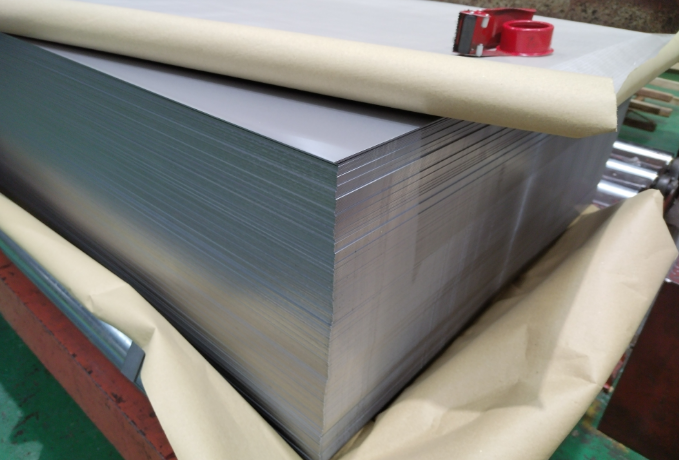
Protective Measures for Stainless Steel in Water Environments
Stainless steel, as an extensively utilized alloy material, finds applications across numerous working scenarios. However, it is crucial to emphasize that when stainless steel is
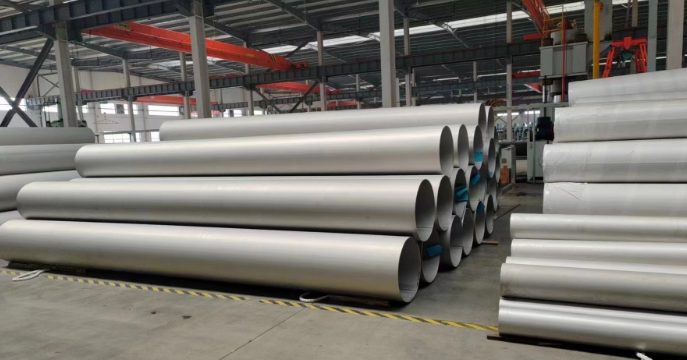
Performance Characteristics and Applications of 303 Stainless Steel
303 stainless steel, as a type of stainless steel containing sulfur and selenium, not only exhibits high machinability and resistance to high-temperature sticking but also
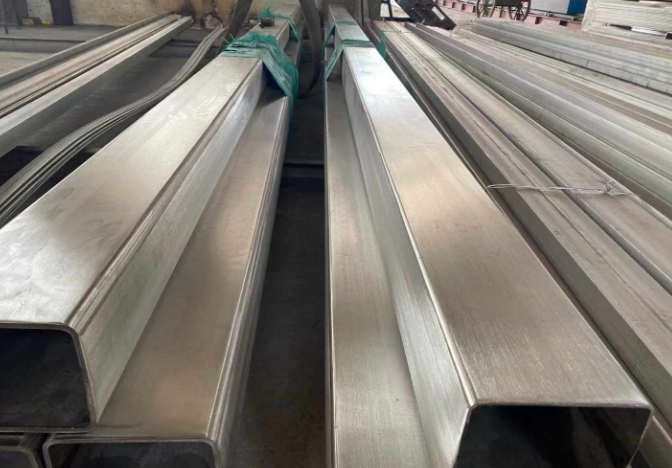
Properties, Characteristics and Applications of 416 Stainless Steel
As an outstanding martensitic stainless steel, 416 stainless steel boasts a unique chemical composition that endows it with superior magnetic properties, good corrosion resistance, ease
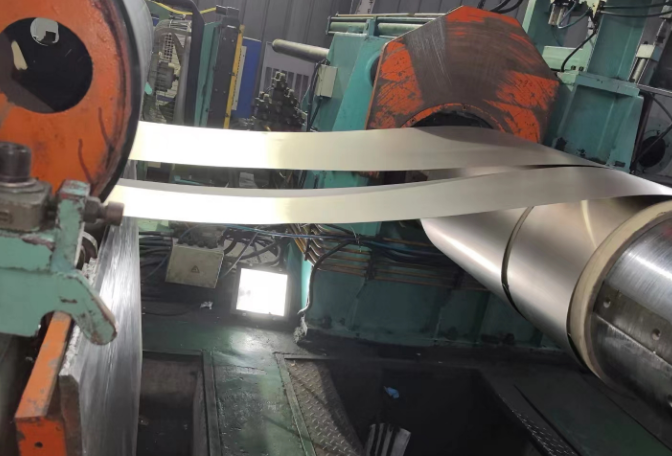
Advantages of Hot Rolling Process in Stainless Steel Manufacturing
Stainless steel, a ubiquitous metallic material, finds extensive applications across various sectors such as construction, food processing, and healthcare. Enhancing the reliability and durability of
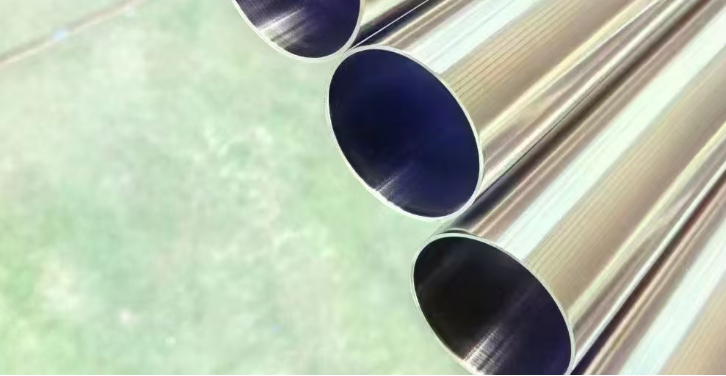
5 Methods to Enhance the Strength of Austenitic Stainless Steel
Stainless steel, as a crucial and widely utilized steel type, enjoys extensive applications in civil and industrial sectors due to its high corrosion resistance, excellent
 :+86-13012867759
:+86-13012867759  :export86@sino-stainless-steel.com
:export86@sino-stainless-steel.com